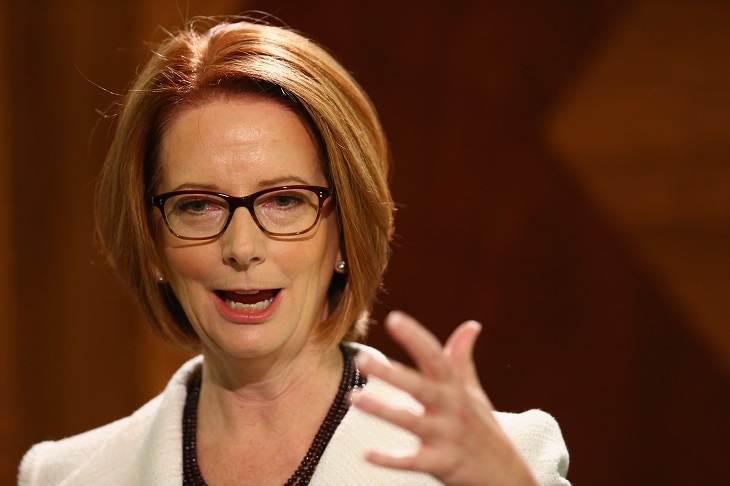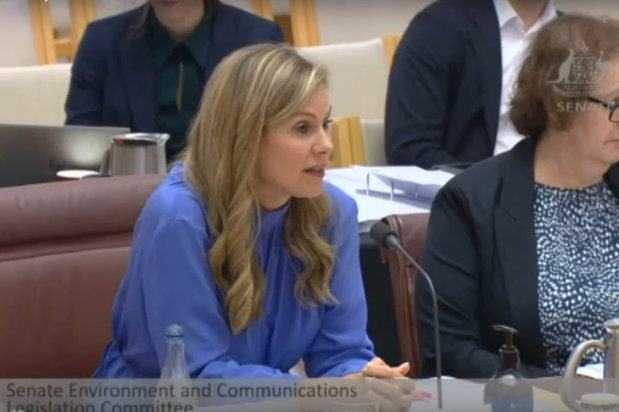It is one of life’s sad realities that, as soon as there is an attempt to improve the population’s welfare, unscrupulous individuals take advantage of the best of intentions.
Our welfare system could be said to discourage work and self-reliance, it also tests the ability to pay for it.
Over the years, we have seen solo parent support encourage more pregnancies for financial gain, without financial input from fathers. The unemployment benefit was established as temporary support for those out of work, for some it has become a permanent and sometimes multi-generational way of life; while jobs in agriculture and hospitality are unfilled, we have an unemployment rate which, although temporarily improved, is high by OECD comparison.
Accident Compensation is another scheme that has become blighted by ‘permanent invalids’, who seem capable of mowing the lawn whilst incapable of work. The cost of aged care continues to rise, whilst their children expect the government to pay the bills – and complain when they consider care to be substandard. Welfare demands are still higher in the Aboriginal population, with average benefits at $40,000 per capita, compared with $20,000 for non-Aboriginals.
The cost of these good intentions has risen rapidly, from $160 billion in 2017, to currently $200 billion, with an increasing proportion funded by the federal government.
The latest addition to the welfare bill is the NDIS, a scheme introduced by the Gillard government designed to support those under 65 with significant, permanent disability.
The scheme was initially trialled in 2013, in Tasmania for young adults, in South Australia for children, in Victoria for general groups, and in New South Wales for older adults. It was formally launched in July 2016 and, by year’s end, covered 30,000. West Australia joined in 2020.
The initial cost was estimated at $4 billion for the year 2016-17, with funding provided by an increase of half a per cent in the Medicare levy. It was planned to cover Musculoskeletal conditions, cancer, visual and hearing impairment, and neurological conditions such as stroke, Parkinson’s disease, and spinal cord injury.
In August 2017 mental health disorders, including anxiety, depression, schizophrenia, and autism, became eligible; by November that year, the number of enrolments had increased to 120,000.
At the completion of enrolment, it was estimated that 400,000 would be supported at a cost of $14 billion. By 2019-20, the first full year of operation, the cost had ballooned to $22 billion (1.1 per cent of GDP). By June 2021 there were 463,000 claimants, now 480,000, with an average individual cost increasing to $71,000.
Forward estimates now suggest a spiralling increase to $42 billion by 2024-25 (1.5 per cent of GDP), and $46 by the following year; future figures up to $60 billion have been suggested, with as many as 860,000 supported. The government is rightly concerned as to why this has occurred, and what can be done to control costs.
One aspect of the increase is the increasing inclusion of behavioural disorders, once considered the result of bad parenting, now reclassified into the psychiatric domain as new conditions are invented. Autism is a clear-cut diagnosis, autism spectrum diagnosis in Australia increased from 30,000 cases in 2003, to 60,000 by 2009 and 120,000 by 2012; as diagnostic boundaries expand, the latest estimate is 230,000 cases (approximately 1 per cent of the population), with around half being children.
The same increase has been noted in other countries: in Canada, it expanded from 4 per 10,000 in 2003, to 20 per 10,000 and by 2020 to 1 per cent (100 per 10,000). In the UK, the incidence was 5 per 10,000 in 1990, now increased to 1 per cent of children and 2 per cent of the general population. The estimated incidence in India remains low at 3 per 10,000 (0.03 per cent), and worldwide 60 per 10,000 (0.6 per cent). A recent Japanese study suggests this increase in incidence may be a consequence of exposing children to excess screen time at a young age; the study also revealed that 90 per cent of 1-year-olds were exposed to between 1 and 4 hours daily. The WHO has advised total bans on use in the very young.
Projections are the total number here will continue to rise, to 1.5 per cent, 350,000 cases, as diagnostic criteria are refined and milder degrees are included. With no specific test the diagnosis is subjective and, as milder degrees are added, the autism spectrum becomes a major cost. The proportion claiming NDIS support because of mental or behavioural problems has progressively increased, reaching 66,000 by the end of 2021 and predicted 90,000 by 2030; other, new psychological disorders have the potential to add further to the numbers.
Obsessive-compulsive disorder (OCDC) is now estimated at 3 per cent of the Australian population, around 500,000; attention deficit disorder (ADHD) is now found in 5 per cent, and Asperger’s syndrome has now been reclassified as part of the autism spectrum. The latest behavioural problems to add to the diagnostic alphabet are oppositional defiance disorder (ODD) and conduct disorder (CD).
It seems that bad behaviour, as well as being a problem in the classroom, is becoming a cost to the taxpayer and a source of income for some parents and psychologists.
The latest conditions are not, as yet, included in the NDIS list, but parents of children with ADHD are being encouraged to explore the additional diagnosis of the autism spectrum to qualify for payment. As of June 2019, one-third of those funded by NDIS for psychological disorders had autism spectrum as their primary diagnosis; evidence is accumulating that the explosion in numbers is due to young children having excess screen time exposure, instead of parental input. Care now involves psychology, counselling, and even art and music therapy.
Since the Covid pandemic disability diagnoses have soared with up to one in five now eligible for assistance. Claims relate to ‘social-emotional’ disability (7 per cent), cognitive disability conditions (12 per cent), and physical disability (3 per cent). Since the start of the pandemic, an extra 43,000 children have been added, a 12 per cent increase; the increase in ‘lockdown’ Victoria was even more pronounced at 17 per cent.
Another explanation for the cost blowout is the increasing severity of disability classification, with individual payments increasing by an average 12.5 per cent annually.
After an increase of 23 per cent in 2 years, the federal government has become concerned about spiralling costs: attempts to rein in costs have reduced per capita spending from $71,200 in 2020 to $68,500 in 2021.
The states, (who had historically been responsible for the disabled) had initially been responsible for 50 per cent; their contribution had been limited to a 4 per cent annual increase, meaning the federal proportion is rising to 60 per cent of the total.
Following a revue this year, it wanted to introduce an independent assessment of both diagnosis and severity of both current and future eligibility. This review and subsequent planned legislation, has inevitably produced an outcry from the welfare lobby groups, as well as the left of politics who are always happy to spend other people’s money. A simple (but unlikely) solution would be to revert to the original premise and exclude psychiatric disorders.
Welfare and disability advocates demand yet more support for the NDIS, and even suggest it saves money! Currently, the Australian government spends around 40 per cent of GDP gross domestic product, with around half that amount spent on welfare. The leaders in welfare are the Swedes at around 25 per cent, now overtaken by the French who spend 30 per cent of their GDP on welfare. Not only has the proportion spent on welfare increased, but the total spending is now increasingly supported by borrowing and accumulated debt; this has increased from about 40 per cent of GDP to nearly 100 per cent since the Covid lockdowns.
Future projections of NDIS costs are heading toward $60 billion, with a new Labor government the problem remains the same- how to pay for it. They need to grasp the nettle and assess the worth of this and other welfare schemes – ultimately, we must accept what we can afford, rather than what we want.
Got something to add? Join the discussion and comment below.
Get 10 issues for just $10
Subscribe to The Spectator Australia today for the next 10 magazine issues, plus full online access, for just $10.


























Comments
Don't miss out
Join the conversation with other Spectator Australia readers. Subscribe to leave a comment.
SUBSCRIBEAlready a subscriber? Log in